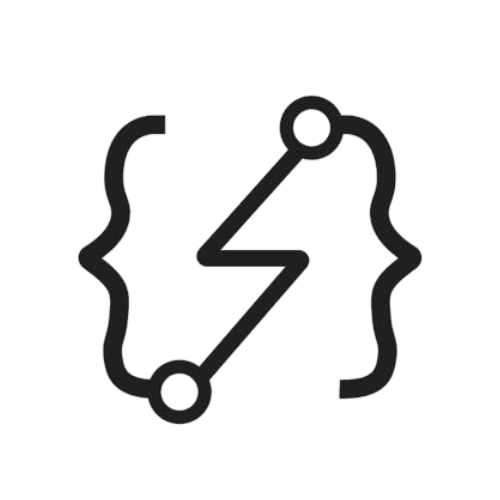Failed SaaS Launch After Two Years

Nowadays, everyone launching their SaaS and it seems like an easy way to make money. People easily get inspired by other’s success stories and dedicate their time to bringing some ideas into reality.
Today's story is about a friend who failed to launch SaaS after working on it for about 2 years. The idea was taken seriously by multiple people, who even agreed to partnerships before the product was ready. However, it did not end up as it was supposed to, and the project was eventually abandoned despite a lot of work being put into it.
Never-ending features
Despite the fact that he had a clear idea of what he wanted the MVP to be, he found himself in a vicious cycle whereby he could never quite be content with the features he had developed. This resulted in him spending more time refining the product rather than releasing it to the market. He was so focused on making the product perfect from the outset that he lost sight of the importance of releasing a minimum viable product that could be iterated upon based on user feedback.
As a result, he missed out on valuable opportunities to test the product in the market and iterate on it based on user feedback, which ultimately led to a delay in the product's release and a decrease in its potential success.
No Clear Development Path
During the development process of the app, it became apparent that there was no pre-defined technical architecture design or development path in place. This led to significant time-consuming changes and technology migrations that were required to be made in the middle of the development process.
“I am changing the database from Postgres to MongoDB because our data is not that much structured.”
Blind spots can occur during any development process, but if they are repetitive, it is a clear warning sign. Also, there is no shame in learning while building, but I think this applies to a different scenario where the developer defines the tech stack to use and sticks to it.
Reinventing the Wheel
Instead of using already built libraries, he tried to build functionality from scratch, which takes quite a long time. While using a lot of third-party libraries can sometimes be messy in terms of security and maintainability, there is no rule to strictly avoid them.
In fact, using libraries makes development much faster and more efficient since other developers have dedicated their time to building those libraries in a perfect state.
“I almost spent two days to develop this calendar widget from scratch”
The most time-consuming tasks were frontend development to him where frontend development has become much faster these days, thanks to the availability of well-known UI libraries/kits such as Tailwind or Material UI. However, he spent a few days developing a calendar widget with the same functionality available in Material UI or other libraries.
Lack of commercial experience
Without sufficient commercial experience, it can be difficult to know how to manage a business. Observing how things work in the real world can provide valuable insights and help you build your business based on real experiences.
"I sold my car to invest in building a team and completing the delivery"
Also in order to effectively lead a team, it is important to have a strong background in the relevant field. This includes not only technical expertise but also a deep understanding of the industry and the specific challenges that the team may face.
Agree, you need to see how things work in real world then it will help to build your business based on real experiences you have
— Developer Timeline (@thedevtimeline) August 20, 2023
Multitasking
“I am learning cybersecurity to develop an automated pen testing tool in the future.”
It's good to have many ideas, but it's important to focus on one idea at a time. This helps you avoid leaving things unfinished and achieve better results. When you focus on one idea, you can pay more attention to it, make a clear plan, and be more successful.
So, take your ideas, break them down into smaller steps, and work on them one at a time. This way, you can turn your ideas into real achievements and feel good about finishing each one.
Conclusion
The team was over-optimistic when they started their journey, but they failed to notice the weak points. As a result, their product was not launched as it was unready and buggy.
In addition to technical skills, having business experience is crucial. Even if you possess strong technical skills, launching a SaaS product requires a lot of effort, dedication, and a serious approach.
To build a successful SaaS, it is not enough to have only tech skills.
— Developer Timeline (@thedevtimeline) August 25, 2023
You need to be in a particular industry for years to be able to identify gaps in the market and build your product accordingly.
Do you agree?

